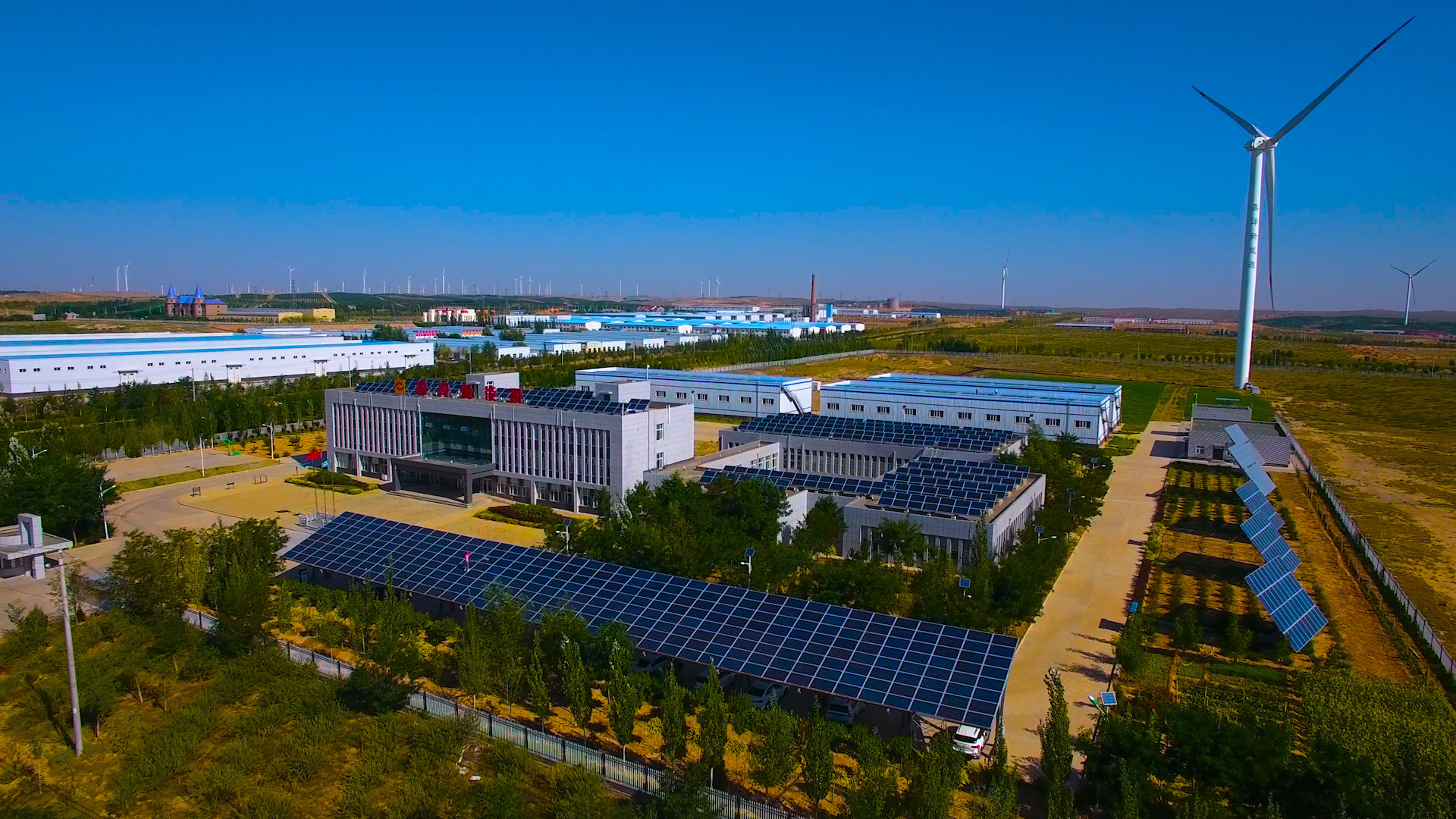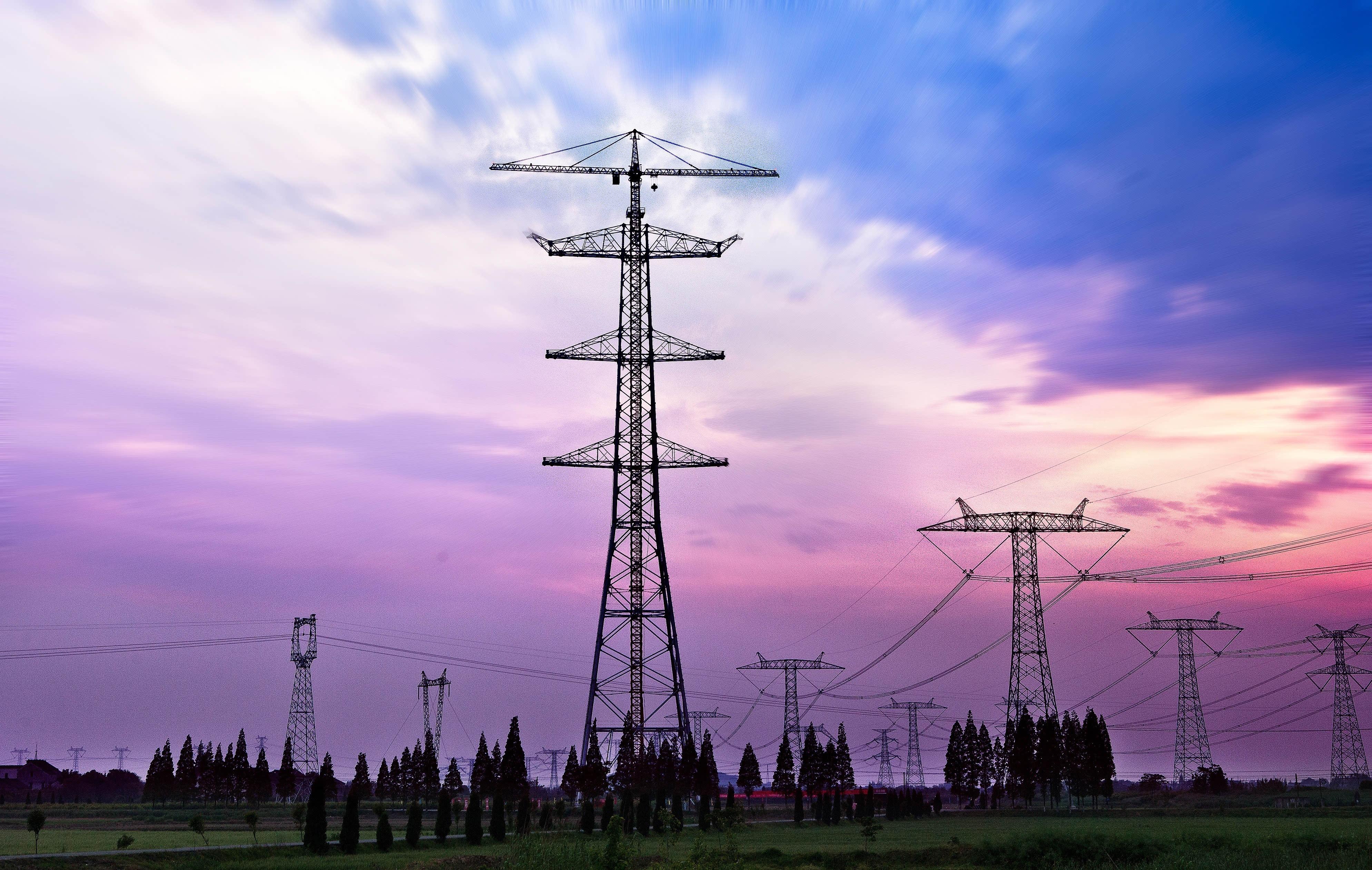
Novemba . 23, 2023 17:01 Rudi kwenye orodha
Teknolojia muhimu ya microgrid smart
Ukuzaji na utekelezaji wa microgridi mahiri hutegemea teknolojia kadhaa muhimu. Kwanza, matumizi ya nishati mpya na teknolojia ya kuzalisha nishati mbadala ni muhimu. Kwa sasa, microgridi mahiri hutegemea vyanzo mbalimbali vya nishati mbadala kama vile nishati ya fotovoltaic na upepo, pamoja na hidrojeni, gesi asilia na gesi asilia. Teknolojia hizi zilizokomaa za uzalishaji wa nishati huruhusu usambazaji wa nishati mseto na endelevu.
Secondly, energy storage plays a crucial role in microgrids. It helps to balance the intermittent nature of renewable energy sources by providing peak shaving and valley filling capabilities. Several energy storage technologies are currently being used, including battery energy storage, flywheel energy storage, superconducting magnetic energy storage, and supercapacitor energy storage. While lead-acid batteries are currently the most mature energy storage technology, they face issues such as short lifespan and lead pollution. However, the marketization of graphene batteries, which offer high energy, low cost, and high-quality performance, holds great promise for the future of energy storage in smart microgrids.

Tatu, uboreshaji na utumaji wa nishati katika microgridi mahiri hutofautiana na gridi za jadi za nishati. Microgridi mahiri hutumia teknolojia ya utumaji ya uboreshaji wa nishati nyingi iliyosawazishwa. Hii inaruhusu matumizi bora ya mifumo mbalimbali ya usimamizi wa nishati, kutambua matokeo ya joto, umeme na baridi. Zaidi ya hayo, huwezesha ubadilishanaji wa moja kwa moja wa ziada kati ya usambazaji wa nishati tofauti, kama vile mwanga/umeme, joto/baridi, upepo/umeme, na ubadilishanaji wa nishati ya moja kwa moja/AC. Utumaji wa viwango vya juu na kwa utaratibu wa nishati katika viungo vya upakiaji wa chanzo-chanzo huhakikisha ufanisi bora wa matumizi ya nishati.
Lastly, smart microgrids require effective protection and control technologies. With multiple power sources and loads in operation, adjustments and control through the energy storage system or the external power grid are necessary to accommodate load changes and power supply fluctuations. The microgrid control center handles the regulation, switching, and control of these power supplies. It monitors the power parameters, switching status, power quality, and energy parameters of each new energy power generation system, energy storage system, and load. Additionally, the microgrid control center focuses on energy saving and improving power quality to enhance the overall performance of the smart microgrid.

The rapid development of smart microgrids is reshaping the traditional power grid landscape. These microgrids establish an exchange of energy with the larger power grid, serving as backups for each other. This active distribution network enhances the reliability of power supply by integrating the capabilities of distributed energy resources. Smart microgrids offer great potential in reducing energy consumption, improving power system reliability, and enhancing flexibility. As a result, microgrid technology has gained significant attention and is seen as a new direction for power system reform. The marketization process of key equipment in smart microgrids will accelerate the advancement and performance of these technologies.
Bidhaa zinazohusiana:
Uhifadhi wa nishati ya kielektroniki FlexPIus-EN-512
Itaondolewa ikiwa inakiuka
Tovuti ya kumbukumbu: https://www.sohu.com/
-
Smart Grid Management for Rural Electrification
HabariJul.03,2025
-
Energy Management System Battery Storage for Renewable Integration
HabariJul.03,2025
-
Energy Control Systems in Public Transportation Networks
HabariJul.03,2025
-
Electrical Energy Management System for Electric Vehicle Charging
HabariJul.03,2025
-
BMS Energy Retrofitting for Aging Infrastructure
HabariJul.03,2025
-
Adaptive Energy Control Systems for Weather Variability
HabariJul.03,2025























